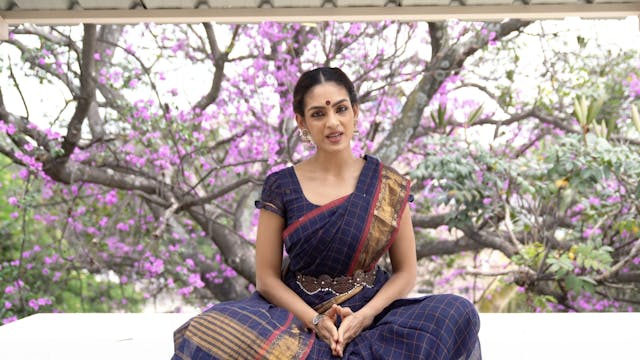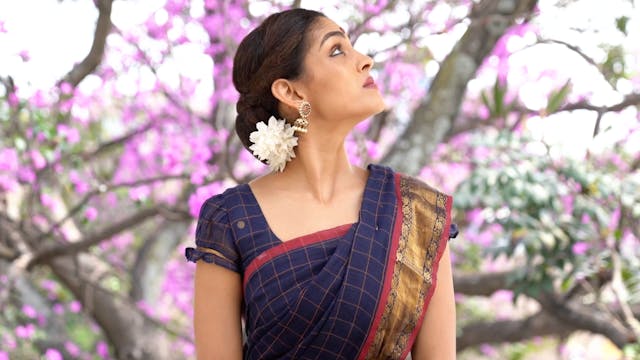The Asamyuta hastas, as described in the Abhinaya Darpana are 28 in number.
These Hastas are used as embellishments in adavus as well as to communicate meaning gesturally, The Viniyogas in the Abhinaya Darpana describe a number of possible gestural implications for each Hasta.
Please refer to the Shloka below for pronunciation. Please note that the separate movements of the head when put together in a Shloka form 'Sandhis', or compound words in the Sanskrit language. Words like 'ca', 'thatha', mean "and", "also". The separate words for each movement are also given below the shloka.
Patākas Tripatākordhapatākas Kartarīmukhaha
Mayurakhyordhachandraśca Arāla śukatundakaha
Muśtiśca Shikharākhyaśca Kapitta Katakāmukhaha
Sūći Chandrakala Padmakōśa Sarpaśirasthatha
Mrigaśirśa Simhamukhaha Kāngūlaśćalapadmakaha
Chaturo Bhramarasćaiva Hamsasyo Hamsapakśakaha
Samdamśo Mukulasćaiva Tāmrachūdastriśūlakaha
Ithyasamyuta Hastānām Aśtavimśati rērita”
Patāka
Tripatāka
Ardhapatāka
Kartarīmukha
Mayura
Ardhachandra
Arāla
Shukatunda
Mushti
Shikhara
Kapitta
Katakamukha
Soochi
Chandrakala
Padmakosha
Sarpasheersha, Mrigasheersha,
Simhamukha
Kāngula
Alapadma
Chatura
Bhramara
Hamsaya
Hamsapaksha
Samdamsha
Mukula
Tāmrachuda
Trishoola
Up Next in Abhinaya Darpana
-
Samyukta Hasta
The Asamyuta hastas, as described in the Abhinaya Darpana are 28 in number.
These Hastas are used primarily communicate meaning gesturally, The Viniyogas in the Abhinaya Darpana describe a number of possible gestural implications for each Hasta.
Please refer to the Shloka below for pronunciat...
-
Shirobheda Abhinayadarpanam
The Shirobhedas, as described in the Abhinaya Darpana are 9 in number.
These Shirobhedas, or gestures of the head are used primarily communicate meaning gesturally, and also used for specificity in Nritta.Please refer to the Shloka below for pronunciation. Please note that the separate movement...
-
Grīvabheda Abhinayadarpanam
The Grīvabhedas, as described in the Abhinaya Darpana are 4 in number.
These Grīvabhedas, or gestures of the neck are used primarily communicate meaning gesturally, and also used for specificity in Nritta.Please refer to the Shloka below for pronunciation. Please note that the separate movement...


